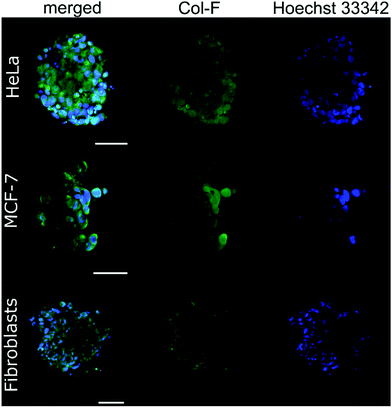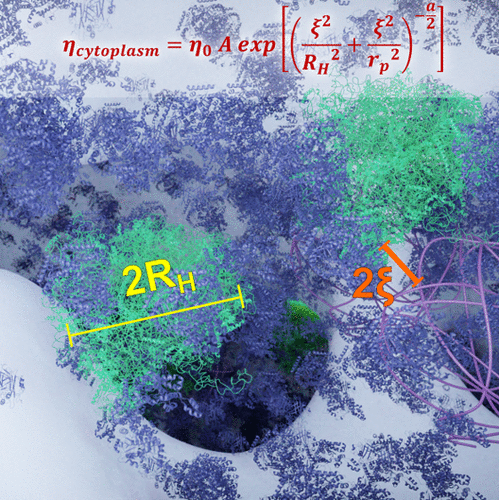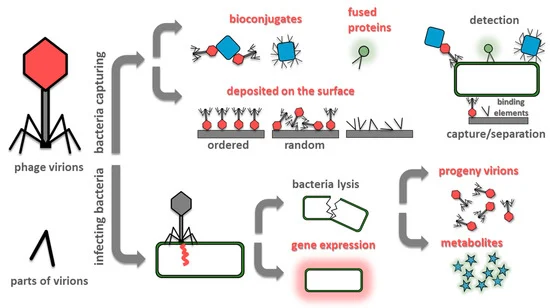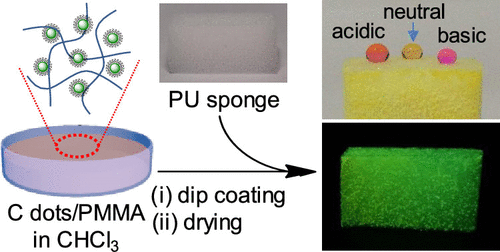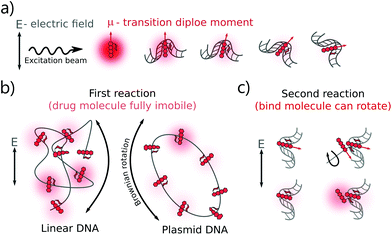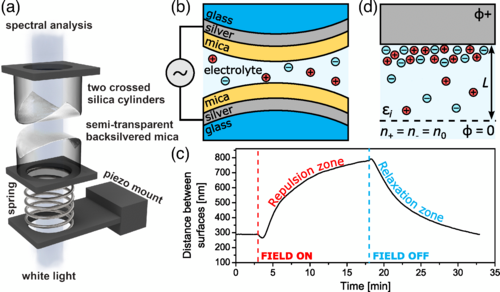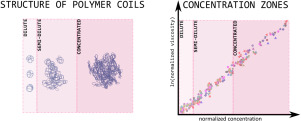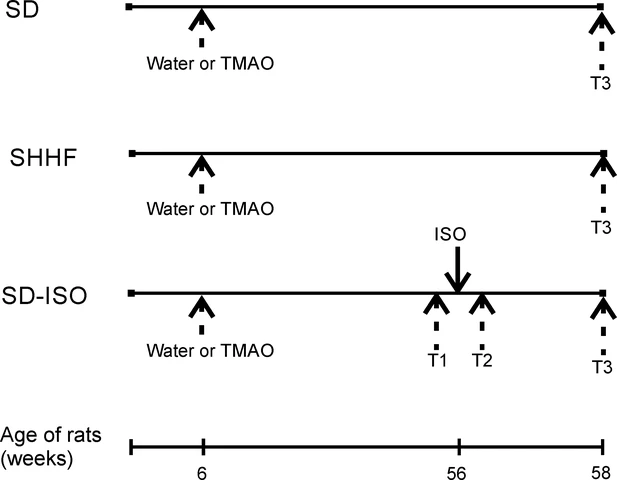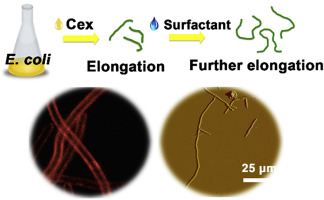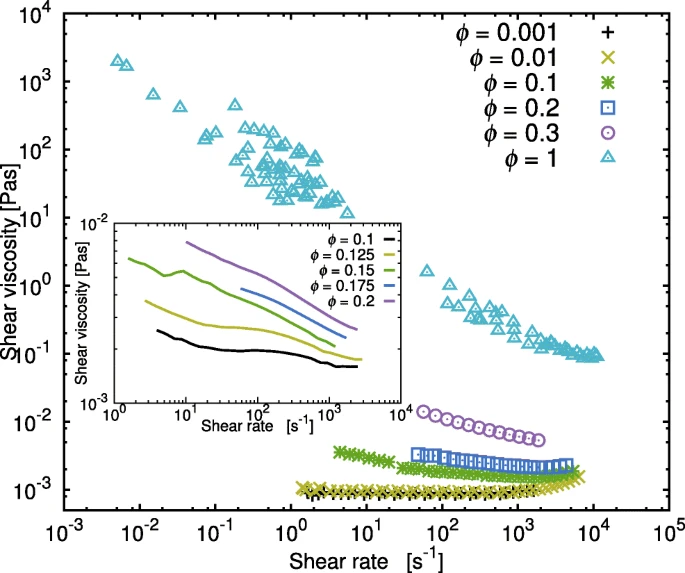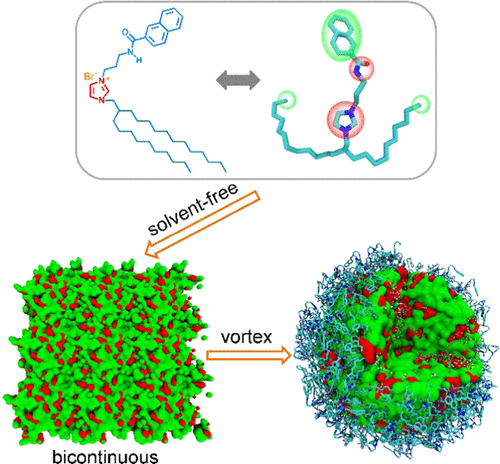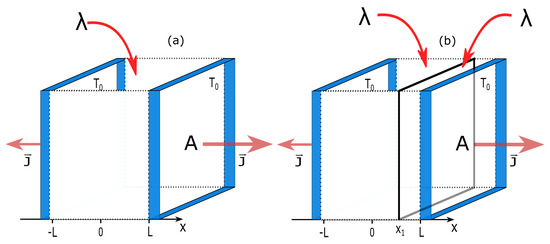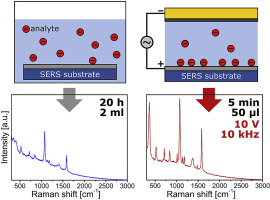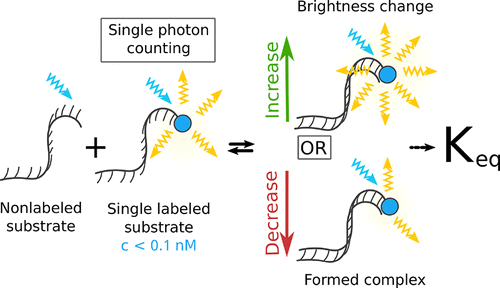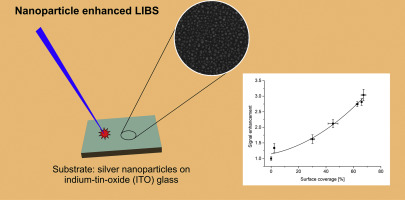
Nanoparticle enhanced laser induced breakdown spectroscopy of liquid samples by using modified surface-enhanced Raman scattering substrates
D. J. Palásti, P. Albrycht, P. Janovszky, Z. Geretovszky, G. Galbács
Spectrochimica Acta - Part B Atomic Spectroscopy, 2020, 166, 105793
An assessment of the feasibility of using modified surface enhanced Raman scattering substrates (Ag nanoparticles on indium‑tin-oxide glass) for quantitative nanoparticle-enhanced laser induced breakdown spectroscopy (NELIBS) was carried out. Substrates were prepared with different surface coverage from various nanoparticle sizes, and their laser ablation behaviour was tested in detail. It was found that use of those combinations are most beneficial in terms of the signal enhancement factor, which provide the shortest interparticle distances. With the application of 266 nm laser wavelength, long (ms-range) gate width, and optimized laser pulse energy, the best NELIBS signal enhancement was found to be about a factor of three. By using liquid sample deposition by spraying, which was found to provide an even distribution of liquid samples on the substrate surface, successful calibration for Mn, Zn and Cr was performed. The NELIBS signal repeatability from five repeated measurements was found to be comparable to that of LIBS (5–10% RSD). These observations indicate that the NELIBS signal enhancement approach can be used in quantitative analytical applications for liquid samples, if i) the substrate fabrication procedure has good repeatability, ii) surface coverage and nanoparticle size is tightly controlled, iii) a homogenous liquid sample deposition is achieved.

